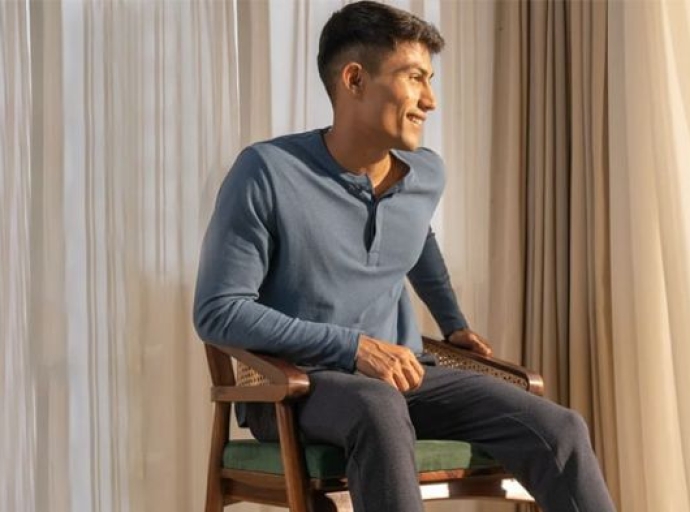11 January 2023, Mumbai
Wildcraft has chosen WFX Fashion PLM to digitalise its operations. This is expected to improve Wildcraft’s operational efficiency and help the company grow.
Wildcraft based in India is an outdoor brand. WFX, World Fashion Exchange, is a leading provider of cloud-based enterprise software solutions for the fashion industry. PLM is a modern cloud-based system that will enable Wildcraft to streamline its processes, manage data from multiple sources and increase visibility into the production process.
Rapid expansion made it clear that Wildcraft needed a more efficient way to manage its operations than relying on paper records and spreadsheets maintained by individual employees. Till now, Wildcraft had been using a variety of different systems to keep track of production and workflow. It didn’t have a centralised system in place for managing information about production history and status. Additionally, there was no way to track real-time progress and productivity of each employee on their particular projects because there wasn’t any data available about what had already been completed or what remained to be done. This led to a fragmented view of the business and made coordination difficult.
After researching several options, Wildcraft chose WFX PLM because it met all of Wildcraft’s requirements: an easy-to-use interface that allows employees from different departments to centrally input information, robust inventory management features and collaboration capabilities so that Wildcraft can share data with its supply chain partners.





































